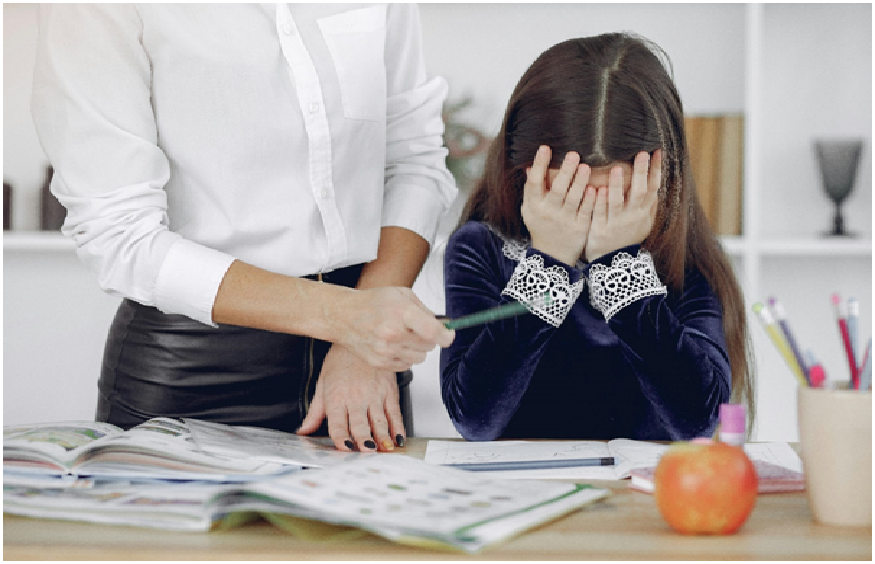In this fast-paced and competitive era, young learners have to face tremendous pressure to perform academically and they also need to deal with personal life problems. This brings a lot of amount of stress, anxiety, and emotional turmoil.
It’s every teacher’s responsibility to help their young learners get equipped with effective strategies to deal with their emotional challenges effectively. With the help of self-regulation, young learners can be able to manage their emotions and behaviours in a better way.
If you also want to teach self-regulation and calming skills to your young learners, then we have got you covered.
In this blog post, we will be exploring some of the best and most practical self-calming and regulation skills for your young learners, which can help them to regulate their emotions, thoughts, and behaviour effectively.
Importance of Self-Calming Skills
Nowadays, students tend to face more stress and anxiety because of their academic and personal lives, which affects their overall well-being. However, if teachers equipped students with self-calming and regulation skills then it will help them to manage their emotional responses and improve their overall well-being as well.
Once students master self-calming techniques it will not only help them with their social interaction skills but also make them capable of coping with their academic pressure in healthier ways.
Simple Ways To Teach Calming Skills To Your Young Learners
Let’s get to know some of the simple yet effective self-calming and regulation skills that you can teach to your young learners which can help them to become aware and manage their thoughts, feelings, and emotions effectively.
1. Help Them Recognize their Emotions
Helping children understand and label their emotions is an important step towards self-regulation. You can consider using visual aids such as emotion charts and holding regular discussions about feelings. This awareness is the first step toward effectively managing emotions for your young learners.
2. Introduce Mindfulness Practices
Introducing mindfulness practices to your young learners will help them become aware and regulate their emotions, feelings, and thoughts without any judgments. Some of the simple mindfulness activities like-
Breathing: You can guide your students to focus on their rhythm of inhaling and exhaling of their breath, which will help them to think clearly and reduce their stress level.
Mindful Listening: You can encourage your students to listen to sounds from nature and the environment that will help them bring their thoughts to the present moment.
3. Create a Dedicated Calming Space
Consider creating a dedicated calming space for your young learners will help them to pull themselves from their fast-paced life and practice self-regulation. You can keep stress balls, pillows, and visual aids, which will reduce their stress and anxiety levels.
4. Encourage Physical Activities
Physical activity is one of the effective stress and anxiety management techniques that you must introduce to your young learners. Regular movement, whether through dance, yoga, or basic stretching activities, can help young learners to calm their minds and body.
5. Incorporate Story-telling & Role-Playing Activities
Story-telling and role-playing activities can be effective ways to teach your young learned to regulate their emotions. Stories that involve characters who express different kinds of emotions can help your young learners understand emotions and regulate them effectively.
6. Involve Parents & Caregivers
Whatever self-calming techniques you are encouraging your young learners to practice it must carry on in their home as well. So, you can consider involving their parents and caregivers and sharing all the necessary self-calming techniques and resources which can be used in young learner’s homes as well.
Teaching Self-Calming Skills For Ensuring Young Learner’s Well-Being
Teaching self-calming and mindfulness techniques to young students is an investment in their future well-being. By applying all the above-mentioned strategies to the educational setting, teachers will help students navigate their emotions and the world around them. You must remember that your goal is to teach them how to deal with their different emotions effectively rather than avoiding them.
If you want to learn more latest and effective teaching strategies to help young learners thrive in every aspect of their lives. Then, consider pursuing courses like Professional Doctorate in Education, where you will get to learn from top expert trainers from the education industry.



